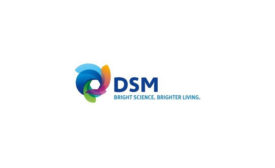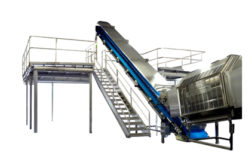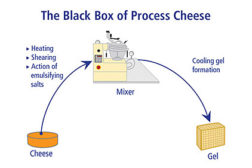Home » cheesemaking
Articles Tagged with ''cheesemaking''
Neal Schuman and his three children have a nose for good cheeses. They are also adept at sniffing out opportunities with innovative flavors and packaging to appeal to millennials and baby boomers alike.
Read More
How to avoid color defects in cheese
It’s important to understand the cause of visual defects that can occur with cheese and use appropriate preventative methods.
April 6, 2017
Understanding the basics: Techniques to attain a high cheese yield
To attain a high cheese yield, cheesemakers need to retain as much casein, fat and moisture as possible. Here are some techniques.
January 9, 2017
advertisement
DSM’s cheese ripening solution saves over 200,000 tons of cheese annually
November 16, 2015
Supplier News
RELCO acquires Stoelting Process Solutions product line of cheesemaking equipment
October 25, 2012
Stay ahead of the curve. Unlock a dose of cutting-edge insights.
Receive our premium content directly to your inbox.
SIGN-UP TODAYCopyright ©2025. All Rights Reserved BNP Media.
Design, CMS, Hosting & Web Development :: ePublishing










